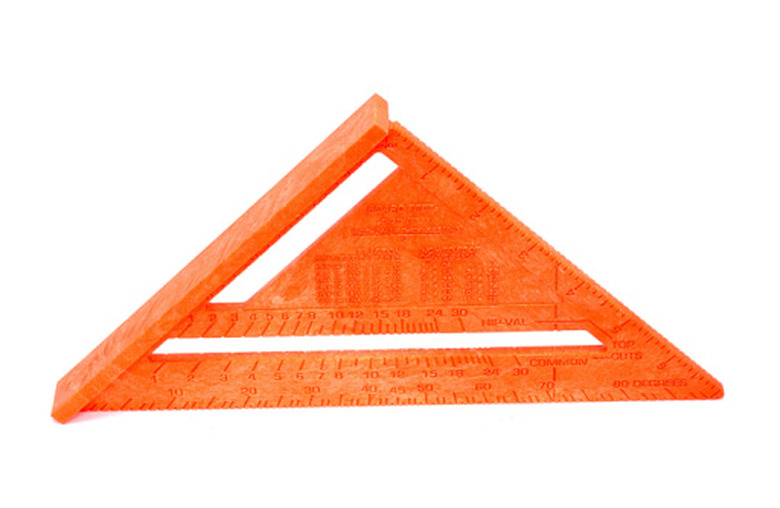How To Find One Side Of An Isosceles Triangle
An isosceles triangle is a triangle with at least two sides of the same length. An isosceles triangle with three equal sides is called an equilateral triangle. There are several properties that are true of every isosceles triangle. A side that is not equal to the other sides is called the base of the triangle. The angles formed by the base, and the other two legs are always equal. A special type of isosceles triangle, called a right isosceles triangle, is formed when the third, non-base angle is a right angle. The height, or altitude, of the triangle is the perpendicular distance from the base to the top vertex. To find an unknown side of a triangle, you must know the length of other two sides and/or the altitude.
Step 1
To find the unknown base of an isosceles triangle, using the following formula: 2 * sqrt(L^2 – A^2), where L is the length of the other two legs and A is the altitude of the triangle. For example, given an isosceles triangle with legs length 4 and altitude length 3, the base of the triangle is: 2 * sqrt(4^2 – 3^2) = 2 * sqrt(7) = 5.3.
Step 2
To find the unknown leg length with a given base length and altitude, use the following formula: sqrt(A^2 – (B / 2)^2), where A is the altitude and B is the length of the base. For example, given an isosceles triangle with base length 6 and altitude 7, the leg lengths are: sqrt(7^2 + (6 / 2)^2) = sqrt(58) = 7.6.
Step 3
To find the altitude of an isosceles triangle with a known leg length and base length, use the following formula: sqrt(L^2 – (B / 2)^2, where L is the leg length and B is the base length. For example, given a triangle with leg length 8 and base length 6.5, the altitude must be: sqrt(8^2 – (6.5 / 2)^2 = sqrt(53.4) = 7.3.
Cite This Article
MLA
Braybury, Luc. "How To Find One Side Of An Isosceles Triangle" sciencing.com, https://www.sciencing.com/one-side-isosceles-triangle-8334441/. 24 April 2017.
APA
Braybury, Luc. (2017, April 24). How To Find One Side Of An Isosceles Triangle. sciencing.com. Retrieved from https://www.sciencing.com/one-side-isosceles-triangle-8334441/
Chicago
Braybury, Luc. How To Find One Side Of An Isosceles Triangle last modified March 24, 2022. https://www.sciencing.com/one-side-isosceles-triangle-8334441/
